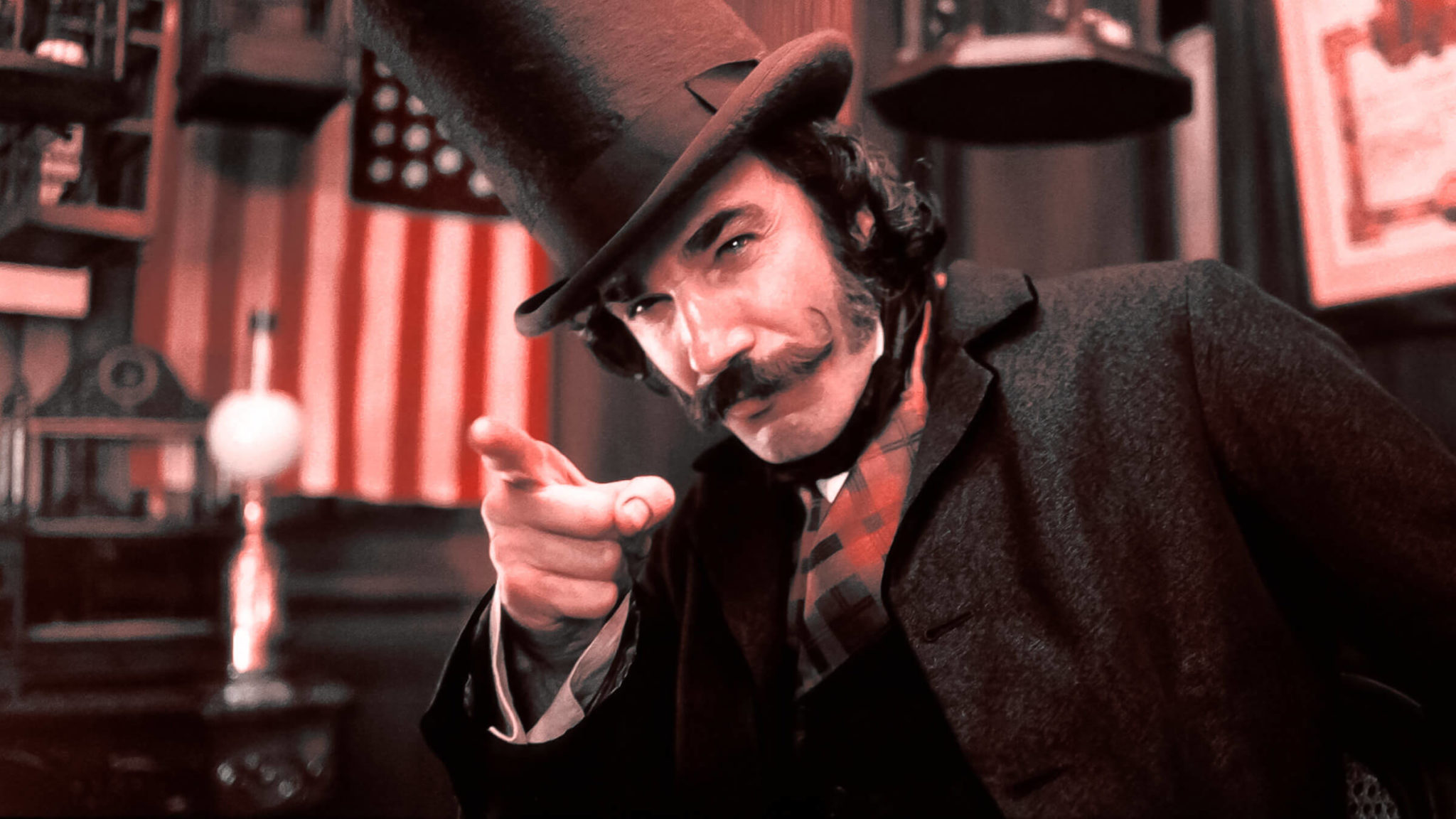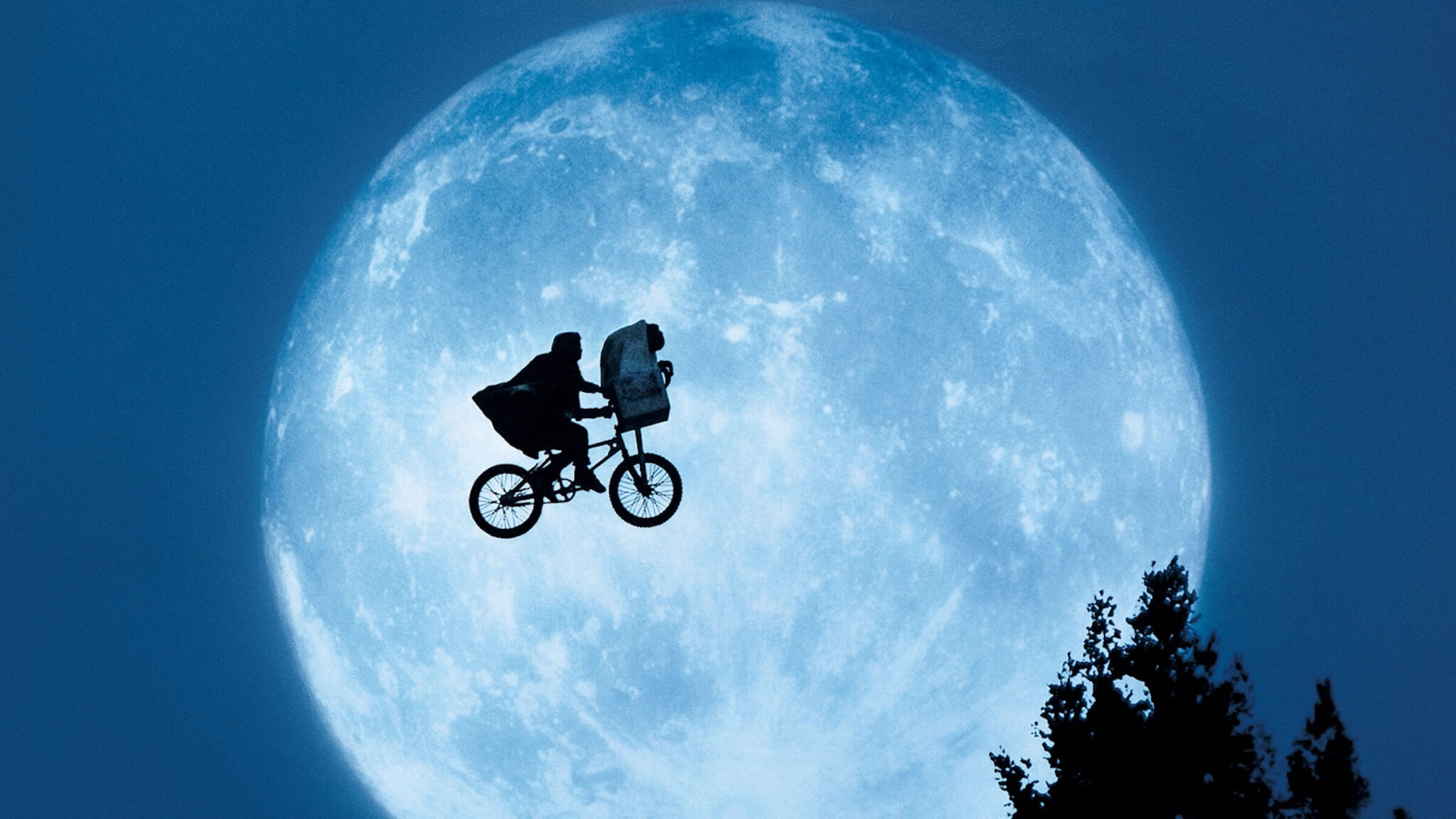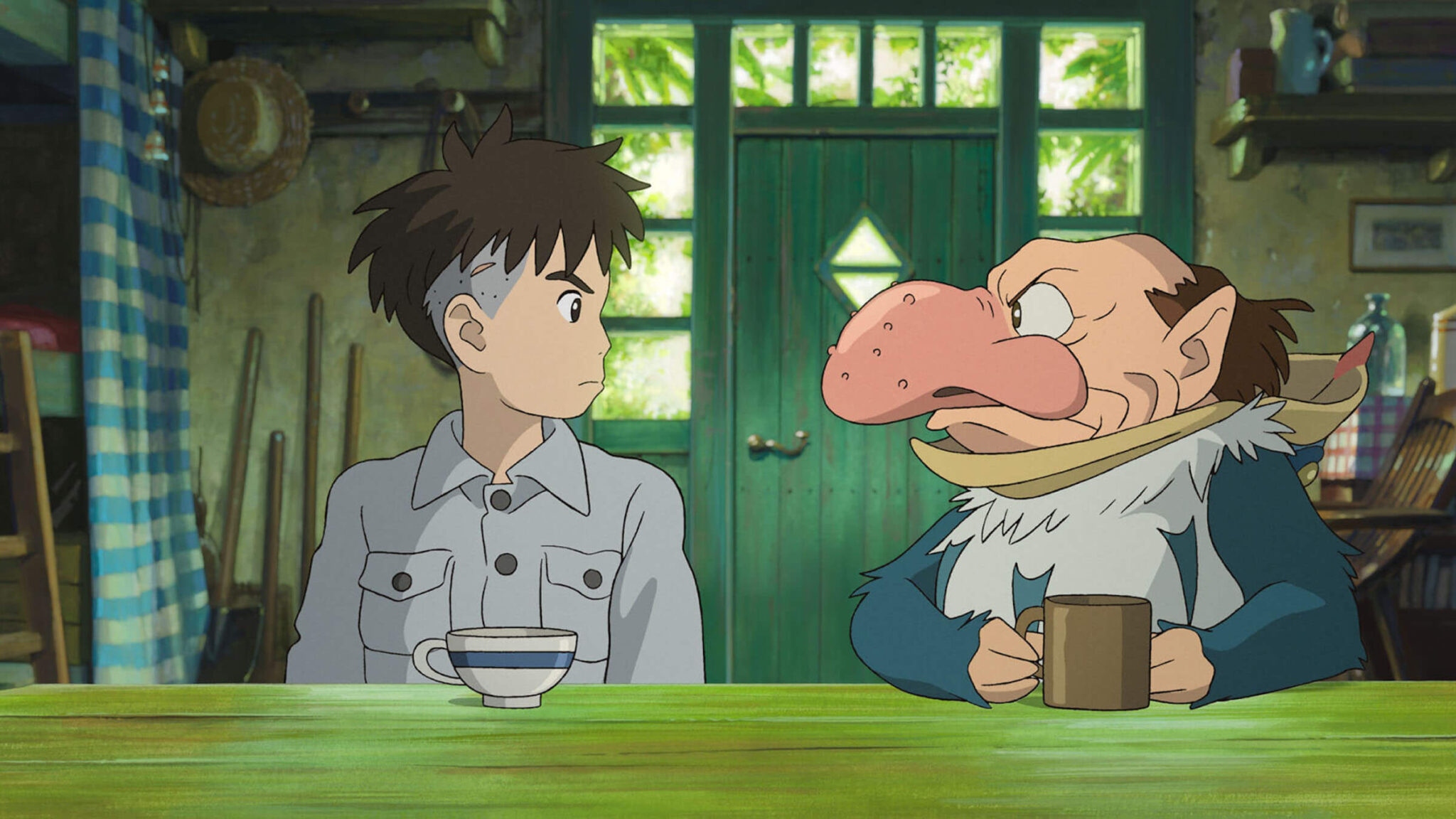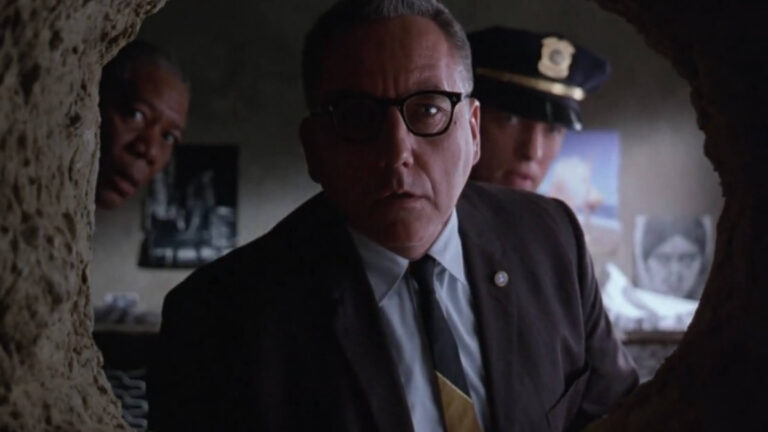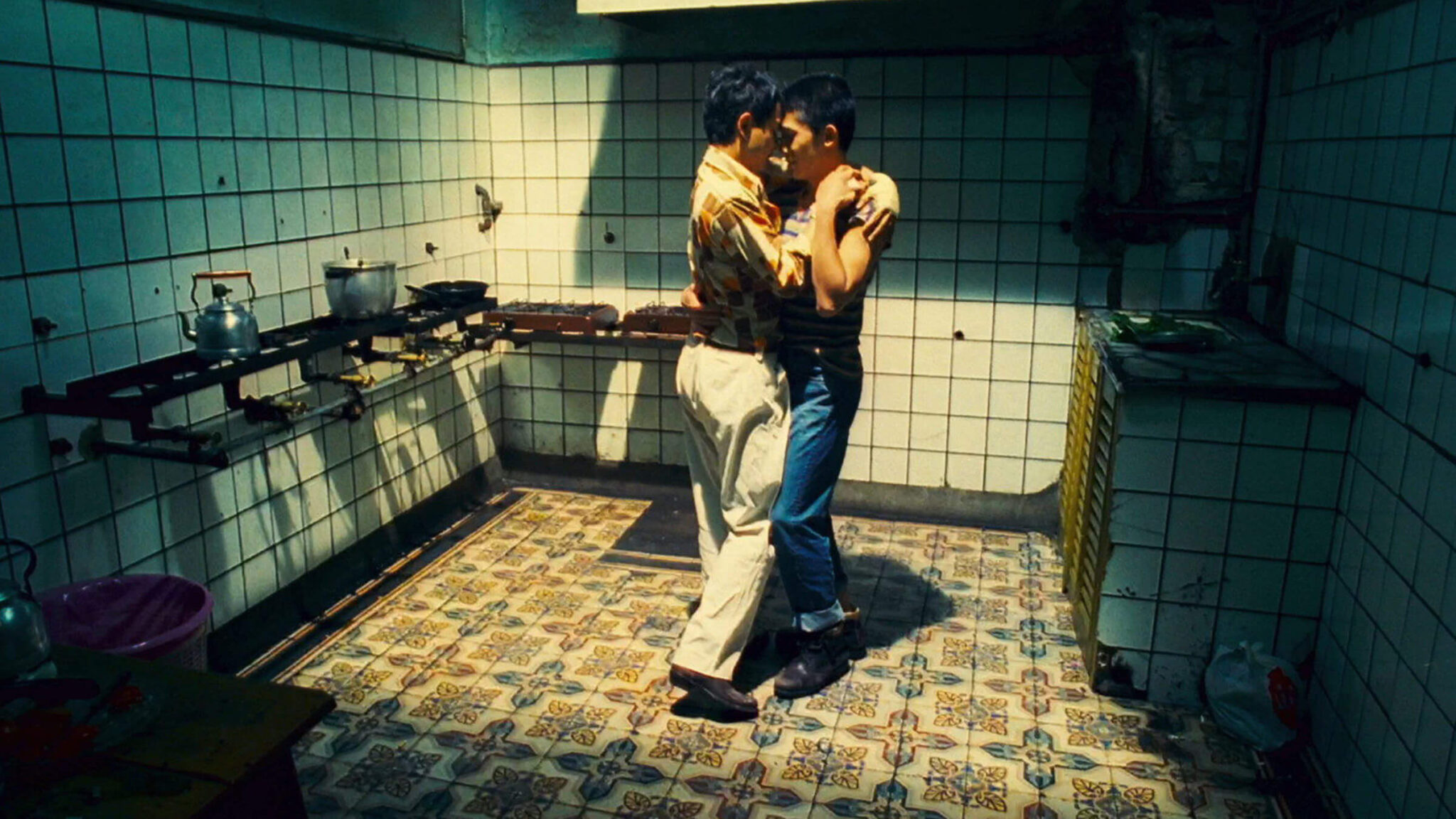Screenwriting Wisdom from the Screenwriter Behind "Fight Club"

Jim Uhls catapulted to screenwriting stardom after his brilliant adaptation of Chuck Palahniuk's novel Fight Club. The original novel was a galley novel, which is a pre-publication, uncorrected proof that is sent by the publisher to critics and other interested parties. Every studio passed on the project before it got into the hands of Jim Uhls. Two producers, Josh Donen and Ross Bell from Atman Entertainment, had been developing the project and Uhls, having read and loved the galley novel, campaigned to adapt it. He had written a spec entitled Hard Hearts that the producers and the studio executives knew. Eventually, David Fincher was approached to direct for Fox 2000 and then everything eventually fell into place, leading to a film that is widely considered to be a modern classic.
Here we turn to Jim's amazing interview from The Dialogue Series to pull some wisdom from his perspective and overall process of screenwriting as we elaborate on those points. Uhls will take part in an amazing panel at the upcoming ScriptFest (May 20th, 21st, 22nd).
The Dialogue and Behavior of Characters Tell the Story
Uhls offered this small but very interesting tidbit regarding the similarity between playwriting and screenwriting — he started writing plays long before taking on screenplays. He wisely states that the major similarity between the two is that both tell stories through a character's dialogue and behavior. That is a stark difference between those two mediums and novels, which often showcase an internal voice to lay out the story. Novels can also utilize that external voice as well, however, screenplays don't have the luxury of being able to utilize an internal voice to tell a story.
The statement that he made is perhaps the best summary we've heard regarding the difference between screenplays and novels. It is this core concept that novice and seasoned screenwriters alike should remember when writing their scripts. And this core concept is also a major factor in adapting novels as well. Screenwriters need to remember that the dialogue and behavior of the characters must tell the story. How do they react to conflict? What are their actions are reactions? That's the story.
Your Analytical and Intuitive Minds Must Work Together
Screenwriting is a very specific format that must be utilized. There is a purpose for this as it works as a blueprint for a collaboration between possibly hundreds of individuals. So the analytical side of your mind must accomplish that part of screenwriting. However, your intuitive mind must also be in play to avoid over-analyzing the process.
He later comments on the question of whether or not he outlines. He doesn't. Uhls goes so far as to say that he despises outlining, comparing it to, well, let's say prematurely using your best ideas too early in the process (he uses a much more colorful description in the actual video). He believes that outlining leads to the screenwriter slavishly work to serve the outline — even unconsciously. This often shuts down your intuitive side of your mind while writing. It locks you into an approach that is an overly analytical process that has you looking at scenes that are more about serving an analytical purpose rather than trying to tell a story. For example, placing a particular scene here and there for the sole purpose of saying that scene needed to do what it needed to do at that particular point, often leads to very bland writing.
He does write notes and what not in the moment as inspiration comes, but he's particular, in his process, about not outlining.
Read more about the prevention of over-analyzing your writing in our post 3 Ways Screenwriters Can Avoid the Paralysis of Analysis.
Get to Know Your Characters By Interviewing Them
One trick of the trade that Uhls utilizes within his process during the development phase of his scripts is literally interviewing his characters on paper with him as the interviewer. And during the process, as he "asks" questions that eventually start "pissing them off," the characters reveal themselves.
This interesting process helps make the characters three dimensional and leads to that intuitive approach to screenwriting as he begins to write the script.
When in Pitch Meetings, Make Those Around You Do the Talking
While this may not work for everyone in every pitch meeting scenario, it's certainly a very interesting approach that has yielded results. While Uhls was in the room with David Fincher, the producers, and studio executives, he was there to pitch his take on the adaptation of Fight Club. However, instead of pitching — he never actually pitched anything — he made everyone else talk about it throughout the whole meeting. They just kept talking and talking about the story, the characters, etc. While walking out of the meeting, one studio executive told him, "Well, we may be starting your deal today." The other studio executive stops and says to him one-on-one, "You know, you never said what your take was." Since the conversation went so well, everyone was pretty much on the same page and he landed the job. He thought that this approach would be more constructive than an outright pitch, and it certainly was.
Many lessons can be taken from this, but overall, pitching isn't always about selling something. It's about selling yourself — how you communicate with them, how you communicate your concepts and ideas, etc. They knew about his work reading his spec Hard Hearts. In the end, what got him the job was being able to have a conversation with them. And being smart enough to let them do the talking as much as possible.
Adaptations Are as Hard as Original Screenplays
Many people believe that adaptations are easier than original screenplays because you're working from pre-existing source material that already tells the story.
Uhls points out that with adaptations, you have to work as hard as you do on original screenplays because at the end of the day you have to turn in a workable screenplay. If you turn in a script to the producers that is an "ungodly mess" that's really faithful to the novel, you're going to be replaced by another writer. The objective is a workable script and a workable script is something that works with external ways to tell a story — the aforementioned dialogue and behavior of characters confronted by conflict — in a visual manner.
Reading as Many Screenplays as You Can Is the Best Education
Uhls stated specifically that reading as many scripts as you can is the best way to learn the format and structure. The exposure to constantly reading that format creates not only an analytical understanding of it, but an absorption of what it was intuitively.
Many believe that when mentors tell them to read scripts, it's about seeking out the classics and looking for secrets to greatness. Nothing could be further from the truth. Like Uhls stated, it's about jumping into the format and structure and learning all of the nuances of both. How they work, why they work, and how you can apply them to tell your own cinematic stories.
Some scripts that Uhls pointed out that worked well on the page and stood out were Pulp Fiction, Being John Malkovich, Lethal Weapon, Butch Cassidy and the Sundance Kind, and Billy Wilder's Sunset Boulevard.
Read ScreenCraft's Selection of 70 Produced Screenplays, and Binge Read the Latest Scripts. Always remember that industry guidelines and expectations for screenwriting format have changed, so Uhls's own suggestions and the ones we offer may differ from the format that you should be writing in.
Think in Pictures, Not Words
One of the most common mistakes that novice screenwriters make is that they forget that this is a visual medium that they are writing for. While they are writing words, they need to be thinking in pictures.
When Uhls is asked specifically whether he thinks in pictures or words, he responds by saying that he writes in mostly master shots, which is the widest shot of a scene meant to cover its entire action, void of breaking scenes into close-ups, medium shots, pans, and dollies. This is what most writers should be writing in. However, he's always thinking visually, in terms of close-ups, pans, camera movements, what the set looks like, wardrobe, etc.
The primary lesson to be learned from this is that while, yes, you may have masterful and imaginative shots and visuals in your head while writing, you always must do your best to write the master shot version of the scene, void of those camera direction specific elements. You do have to see the film in your head, rather than just writing words, but your job is to communicate the broad strokes only, unless you are an auteur that will be handling each and every shot of the script as a director.
Don't Fall into the Same Solutions, Tricks, and Character/Story Patterns
Uhls was asked how many screenplays he has written since he started screenwriting. His answer was twenty — eleven of them for studios. He went on to say that there are good and bad aspects of having written that many.
The good aspect of writing many scripts is that it helps you to better blend the aforementioned analytical and intuitive sides of writing — what he calls the mojo.
The bad aspect of writing so many is that you can fall victim to allowing yourself to fall into the same solutions, tricks, and character patterns in your own work.
It's good to experiment, try new things, and surprise yourself.
How to Handle Writer's Block
Uhls was asked the question of how he handles writer's block. He states that the worse type of writer's block is found before the script has been started, where you're struggling to get things going.
This is a very common stage of writer's block that most people don't discuss, as far as not knowing how to start that new project. You have these concepts, images, characters, and moments in your head, however, you're having a difficult time getting the story going.
In these cases, Uhls recommends that instead of trying to start from the beginning — Fade In — look to some later key scenes or moments that would be in that project. Start writing those out of sequence. This leads to what he calls the scent of blood. You are in it now and the script can grow from inside the story instead of at page one.
He goes on to cover dealing with writer's block during the writing process. He believes that this type of block often happens sequentially as the writer is starting from the beginning and working their way through the script. You get to point where you're having trouble connecting certain parts of the story. You know what's happening next, but you don't know how to make that connection from your previous scene.
His answer, as far as what to do when you reach those moments where you don't know what should happen next, is to skip it, which means that perhaps you can continue on past it without that connection and then as you're writing the next step of the story that you do know, the question to that connection problem will answer itself.
Watch the original interview here to learn more from Jim Uhls, the screenwriter behind Fight Club.
Tags
Get Our Screenwriting Newsletter!
Get weekly writing inspiration delivered to your inbox - including industry news, popular articles, and more!











